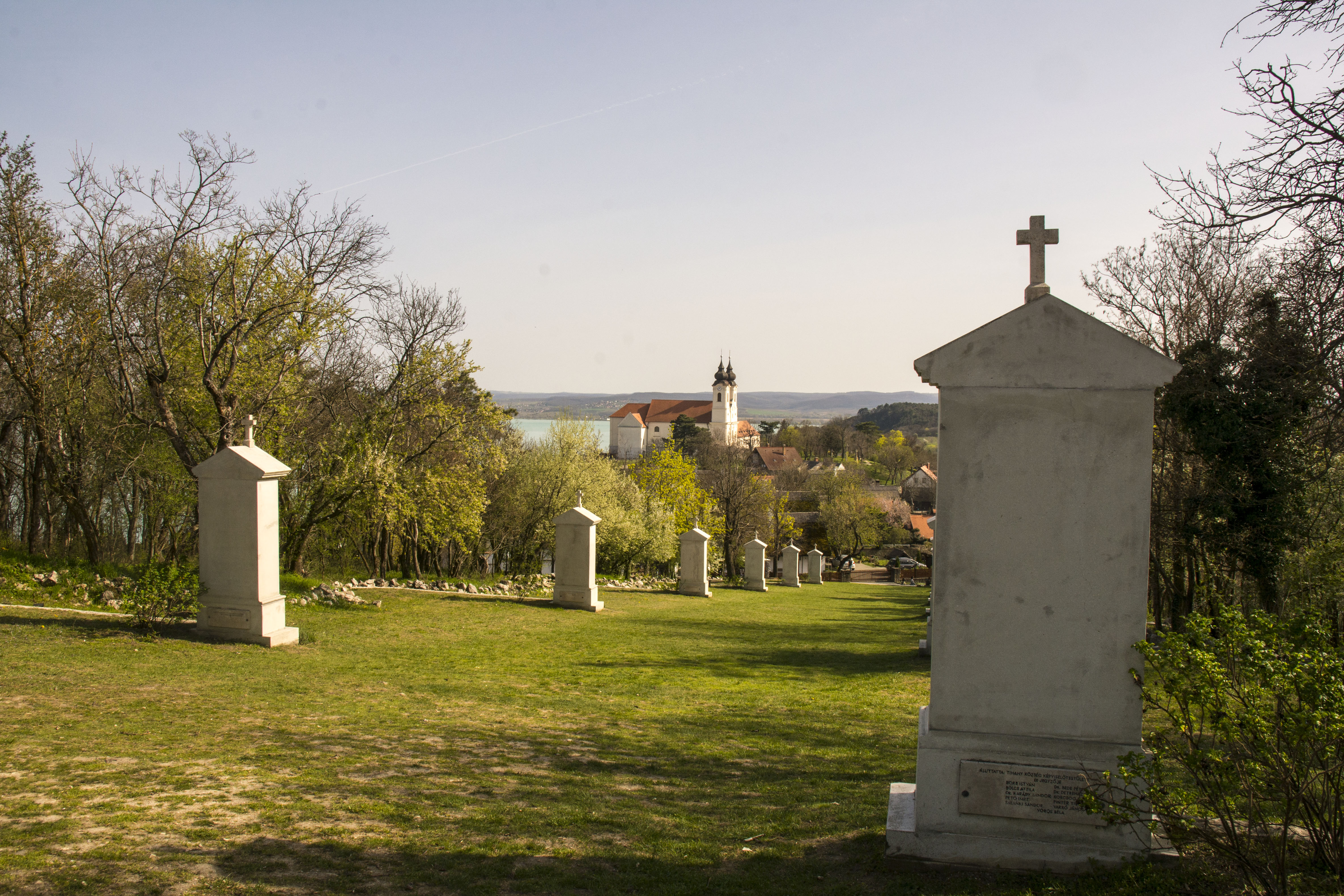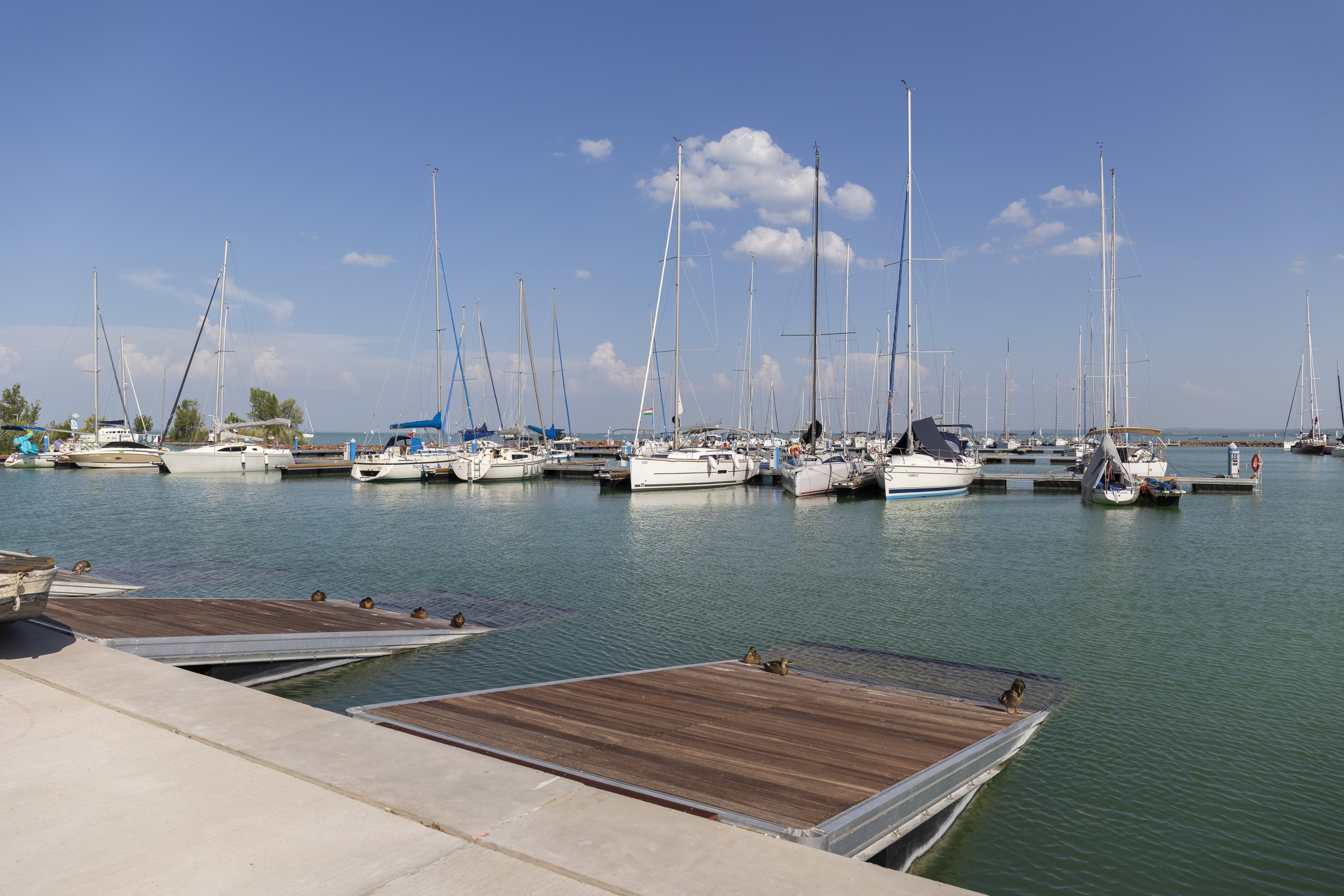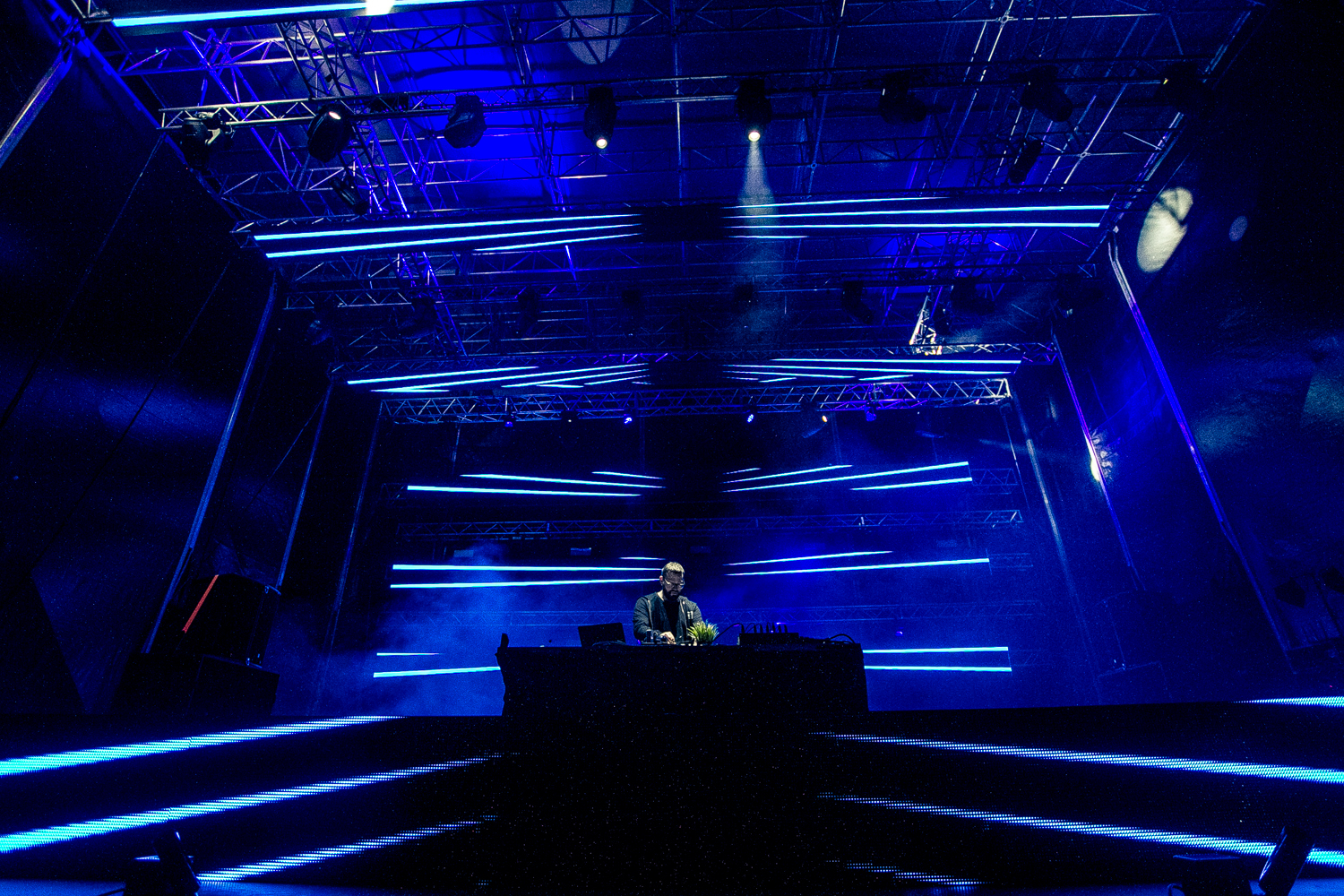What seem to be the bones of 11th-century Hungarian ruler András I and his family have been discovered in the Royal Crypt of the Benedictine Abbey of Tihany. The research project, launched a year ago, is the most serious of its kind since the last major archaeological dig here since 1953.
Three wooden boxes in poor condition were excavated from the concrete sarcophagus of a tomb just opened at Tihany Abbey. The remains of some of the adults buried in the 11th century are incomplete and fragmented bones – but they can be linked to King András I and his immediate family based on initial laboratory tests.
Historical chronicles attest that this monarch from the Árpád dynasty, named after the head of the Hungarian tribes which settled here in the early 900s, was buried at the Benedictine monastery in 1060. The genetic study of the bone remains is still ongoing, and archaeo-genetic experts are confident that they will be able to contribute new data to the interpretation of this latest discovery.




